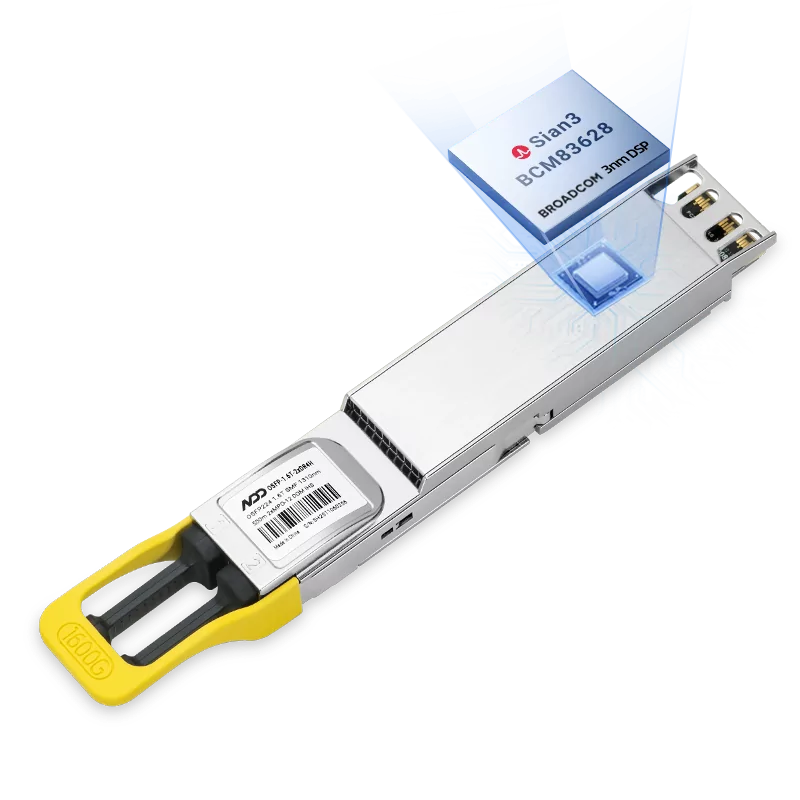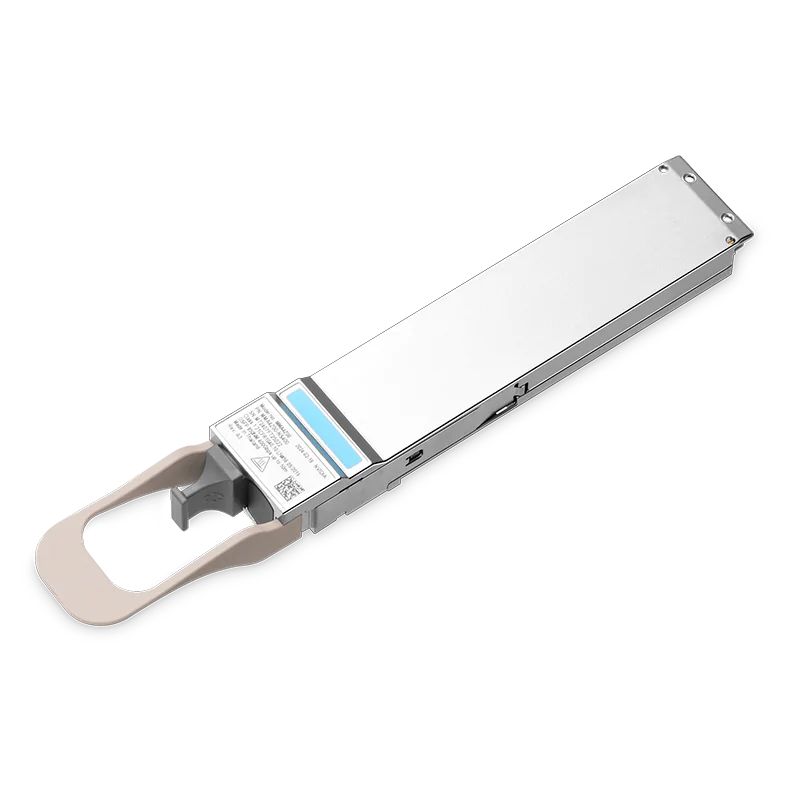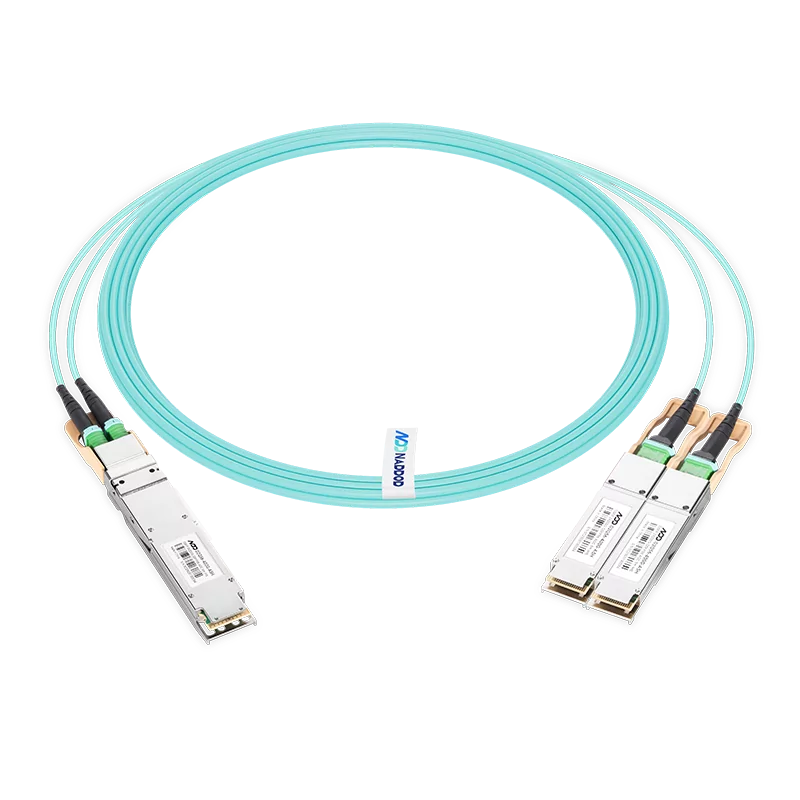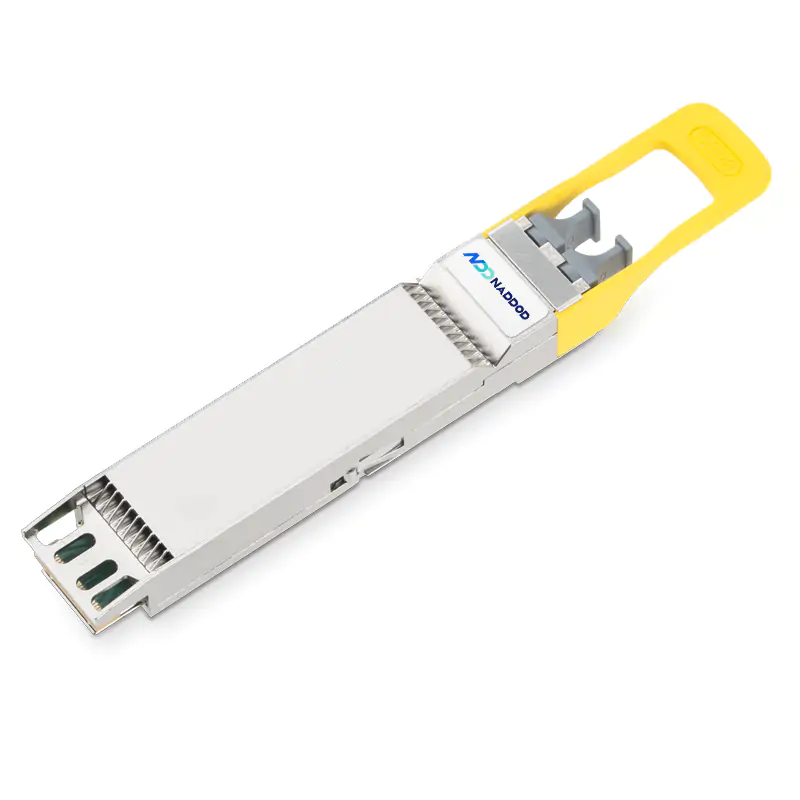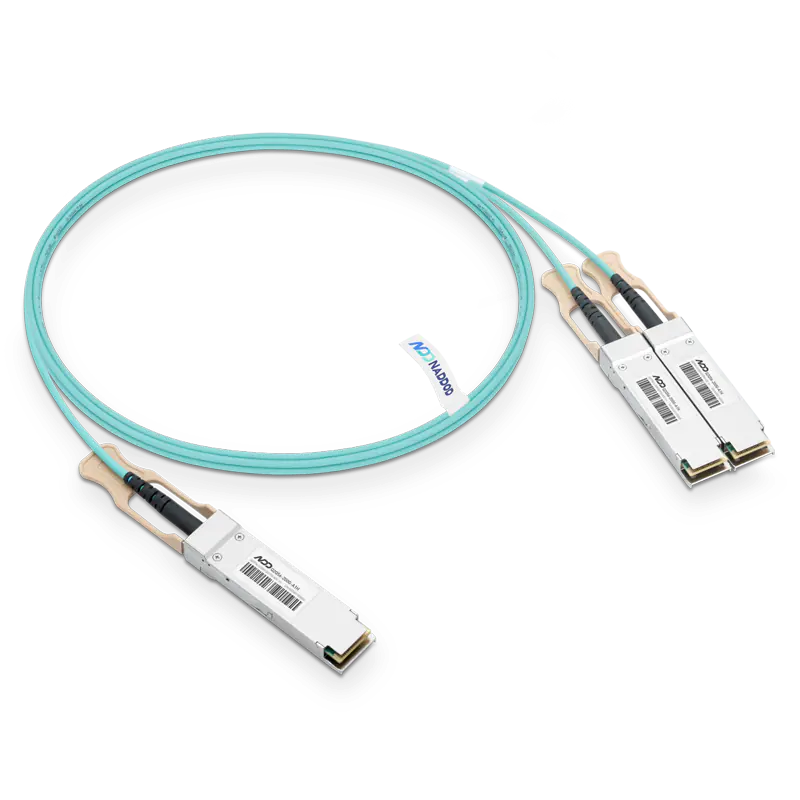Find the best fit for your network needs

share:
 800GBASE-2xSR4 OSFP PAM4 850nm 50m MMF Module
800GBASE-2xSR4 OSFP PAM4 850nm 50m MMF ModuleLearn More
Popular
- 1NVLink vs. PCIe: Choosing the Best Option for NVIDIA AI Servers
- 2OFC 2024: Explore Cutting-edge 800G/400G Optical Modules at NADDOD Booth#1423
- 3The Importance of 800G Optical Modules in AI Wave
- 4The Key Role of High-quality Optical Transceivers in AI Networks
- 5Common Problems While Using Optical Transceivers in AI Clusters




